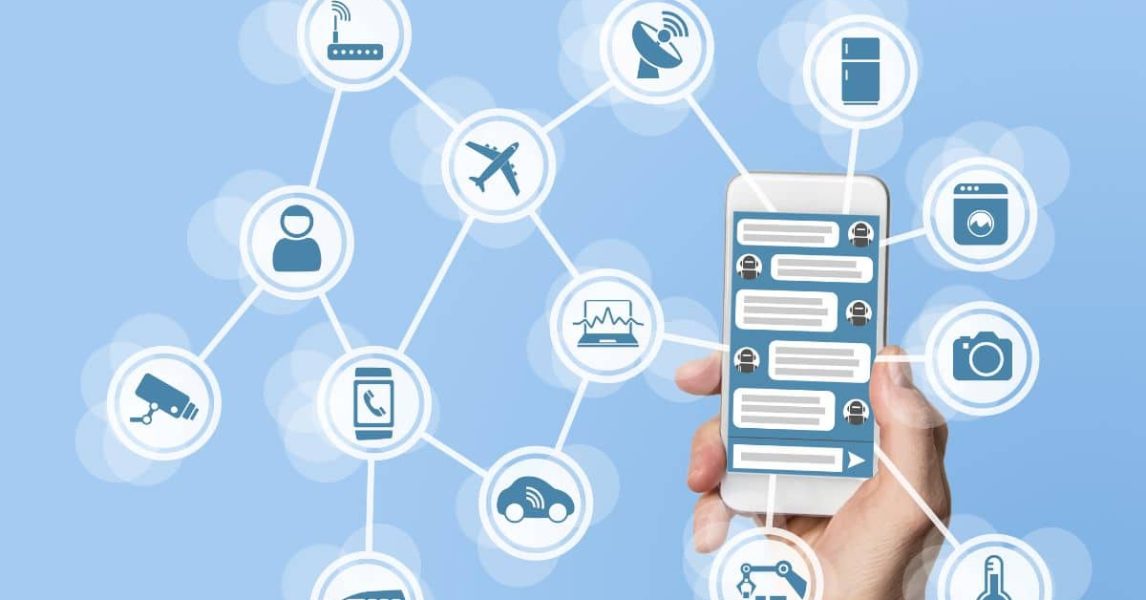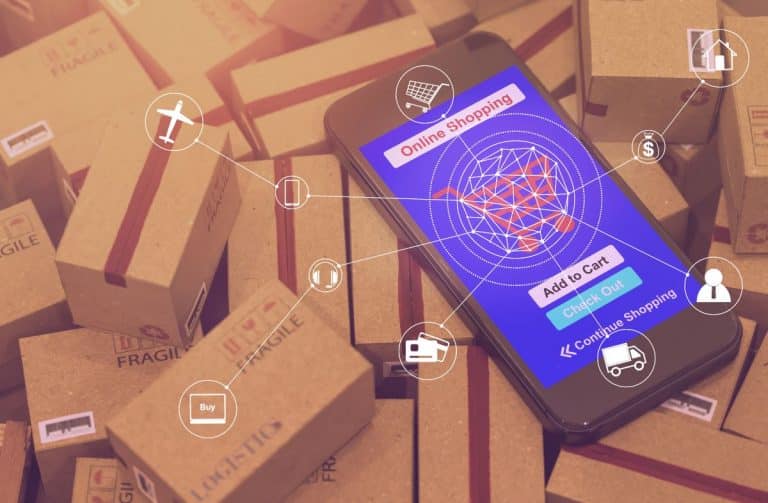In the modern era of business and technology, customer service has evolved significantly, with chatbots becoming an integral part of the customer support landscape. Chatbots are AI-driven tools designed to provide immediate assistance and answer customer queries, improving operational efficiency and customer satisfaction. While the adoption of chatbots is on the rise, it’s crucial for businesses to assess their effectiveness and continually refine them to meet customer needs. In this blog post, we will explore how data clustering can be used to measure and enhance chatbot effectiveness.
The Role of Chatbots in Customer Service
Chatbots have become a central element in the customer service strategies of businesses across various industries. They play multiple roles, including:
- 24/7 Availability: Chatbots are available round the clock, ensuring customers can receive assistance at any time.
- Instant Responses: They provide rapid responses to customer queries, reducing response time and enhancing customer satisfaction.
- Cost-Efficiency: Chatbots are cost-effective, as they can handle a large volume of queries simultaneously, reducing the need for a large customer support team.
- Data Collection: Chatbots can collect valuable customer data, which can be used for personalized marketing and service improvements.
- Consistency: They maintain a consistent level of service quality, avoiding variations due to human factors.
Measuring Chatbot Effectiveness
To enhance chatbot effectiveness, we first need to understand how to measure it. The following key performance indicators (KPIs) help evaluate a chatbot’s performance:
- Response Time: How quickly the chatbot responds to customer queries.
- Accuracy: The proportion of correct answers given by the chatbot.
- User Satisfaction: Measured through customer feedback and ratings.
- Resolution Rate: The percentage of queries resolved by the chatbot without human intervention.
- Engagement Rate: How many customers actively interact with the chatbot.
- Conversion Rate: How many customers who interact with the chatbot make a purchase or complete a desired action.
Cluster: An Introduction
Cluster is a comprehensive data analysis platform that specializes in data aggregation, clustering, and visualization. It offers an array of tools and features designed to help businesses extract actionable insights from their data.
Key features of Cluster include:
- Data Aggregation: Collects and consolidates data from various sources, providing a unified view of customer interactions with chatbots.
- Cluster Analysis: Utilizes advanced clustering algorithms to group similar data points based on characteristics, allowing for the identification of patterns and trends.
- Data Visualization: Presents data insights through interactive visualizations, making it easier for businesses to interpret and act on the information.
Enhancing Chatbot Effectiveness through Data
Now, let’s delve into how data clustering can be used to enhance chatbot effectiveness:
Identifying Customer Segments
Data clustering helps in identifying distinct customer segments based on their chatbot interactions. By understanding the different needs and preferences of these segments, businesses can customize their chatbot responses and services accordingly.
For example, a retail company can cluster customers based on their shopping habits, allowing the chatbot to recommend products that align with each customer’s preferences and purchase history.
Targeted Content Delivery
By analyzing clusters, businesses can create more targeted and relevant content. If a chatbot identifies that a segment of customers is interested in a particular product category, it can proactively offer information or discounts related to that category.
Continuous Improvement
Data clustering enables businesses to identify chatbot conversations that fall into less effective clusters. These conversations can be flagged for review and improvement. For instance, if a cluster indicates that a chatbot often provides incorrect answers in a specific context, the company can refine the chatbot’s training data or algorithms in that area.
Monitoring User Engagement
Clusters can help in monitoring user engagement trends. Businesses can track which clusters show high levels of engagement and which ones need improvement. If a cluster has low engagement, it may indicate that customers are not finding value in the chatbot interactions, prompting the need for adjustments.
Personalization
Clusters can also facilitate personalized interactions. By understanding the characteristics of each cluster, businesses can offer tailored responses to specific customer segments. This increases the likelihood of successful outcomes and improved customer satisfaction.
Challenges and Considerations
While Cluster provides valuable insights for chatbot effectiveness enhancement, several challenges and considerations should be kept in mind:
- Data Quality: Accurate and complete data is essential for effective clustering and insights. Businesses must maintain data quality.
- Data Privacy and Compliance: Users must adhere to data privacy regulations and ethical standards when collecting and analyzing customer data.
- Choosing the Right Clustering Approach: Selecting the appropriate clustering algorithm and approach is crucial for meaningful insights.
- Human Oversight: While chatbots can automate many tasks, human oversight remains vital for handling complex queries and unforeseen situations.
- Continuous Learning: Chatbots should be designed to learn from interactions and adapt to changing customer needs.
The Future of Chatbots in Customer Service
The future of chatbots in customer service is promising. As AI and machine learning technologies advance, chatbots will become even more sophisticated and capable of handling complex tasks. Data clustering, along with other data-driven techniques, will play a pivotal role in shaping the future of chatbot effectiveness. It’s likely that chatbots will become an integral part of various industries, from healthcare to finance, offering personalized and efficient customer service.
Conclusion
Chatbots are revolutionizing customer service, providing 24/7 support, cost-efficiency, and improved customer satisfaction. To enhance their effectiveness, data clustering is a powerful tool that can segment customers, personalize responses, and identify areas for improvement. As businesses continue to leverage data-driven insights and AI advancements, chatbots will play an even more significant role in the future of customer service. By using data clustering, companies can stay ahead of the curve and deliver exceptional customer experiences through their chatbot interactions. Book a demo now.




